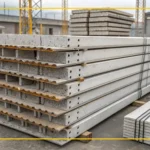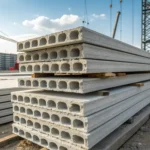Introduction
Concrete piers are fundamental components that provide the foundational support for different constructions from block wall systems to bridges and decks.
Although traditional footings have been serving the construction industry for decades, the foundation engineering field has been transformed due to the incorporation of precast technology that provides efficiency, safety, and durability.
Particularly in the time period leading up to 2025, the construction industry has seen the value of precast concrete piers in accelerating construction timelines as well as improving the construction industry’s performance benchmarks in difficult conditions, including within the seismic range.
Comparative value, the latest advancements for the construction industry, and the benefits of utilizing precast concrete piers over traditional footings.
Understanding Concrete Pier Technology
A concrete pier is a deep foundation system that provides stability and support even in difficult ground conditions by transferring structural loads to the soil or bedrock.
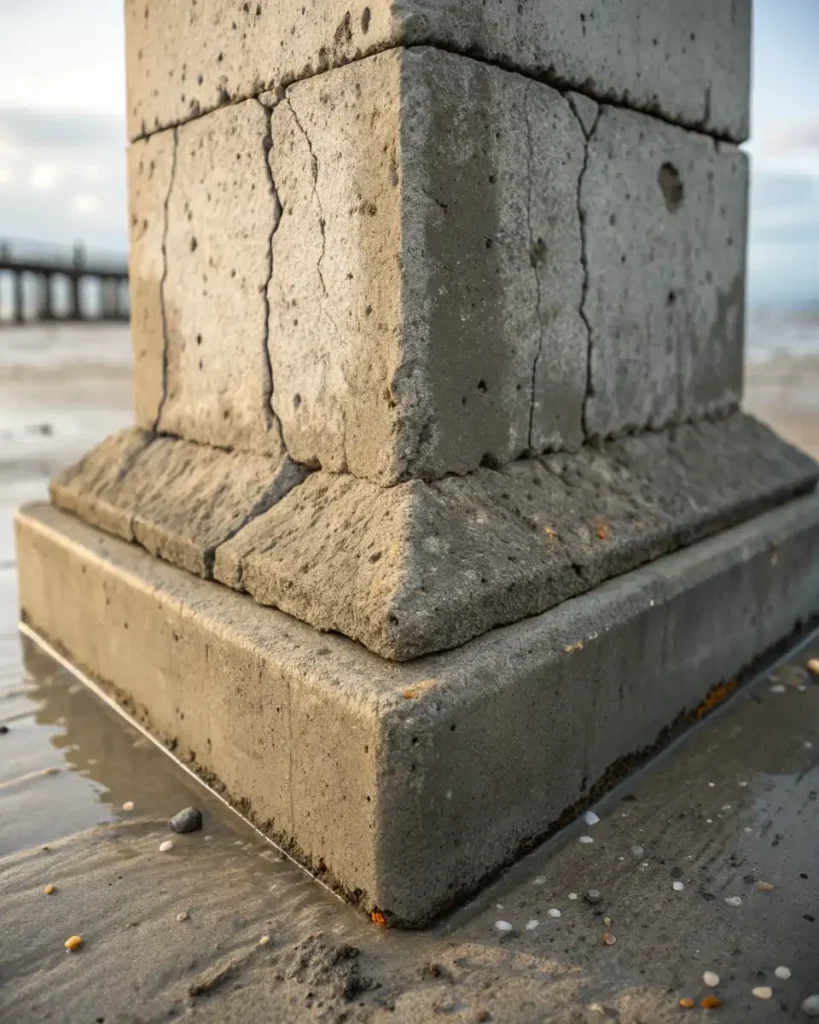
Traditional footings are constructed with poured concrete that is cured and set onsite, a costly and time-consuming method that is heavily influenced by site logistics and weather conditions. In contrast to traditional site construction, precast concrete piers are built in a climate controlled factory environment which then allows for quality assurance and rapid site deployment.
The Rise of Precast Concrete Piers in 2025
The value of precast concrete piers has only been further strengthened with the increased construction innovations throughout the year of 2025.
Smart sensors in precast units, modular molds that incorporate 3D BIM modeling, and the addition of prestressed concrete components have all helped in achieving improvements in safety and performance levels.
Major Advancements:
- Predictive maintenance through IoT-enabled monitoring of temperature, moisture, and stress levels.
- 3D printing allows for the creation of customized shapes, resulting in improved fitting and minimized waste.
- Logistics with modular precast units are efficient, requiring minimal labor and providing quick installation for block wall and concrete panel projects.
Speed and Efficiency
The precast concrete piers are designed to minimize time spent on-site during construction, as there is no on-site mixing and curing, and the work is completed faster, even within days, for projects that involve concrete block walls and concrete panels.
Quality and Consistency
Controlled factory environments guarantee that each concrete pier is produced with specified strength, uniformity, and durability. Precision casting and post-tensioning greatly reduce the likelihood of foundation failure and joint leakage, prevalent in traditional footings.
Environmental and Seismic Performance
Precast concrete piers from the 2025 collection demonstrate improved seismic performances and withstanding earthquake loads in comparison to traditional concrete footings, providing better lateral control and energy dissipation.
Cost Efficiency and Sustainability
Although precast concrete piers are more expensive initially, they will reduce life cycle costs in the long run due to minimal maintenance and extended durability.
The use of sustainable building methods has led to environmentally-friendly building methods on site as well as working around sustainable goals. This includes environments where concrete panels and walls need to be installed efficiently and quickly.
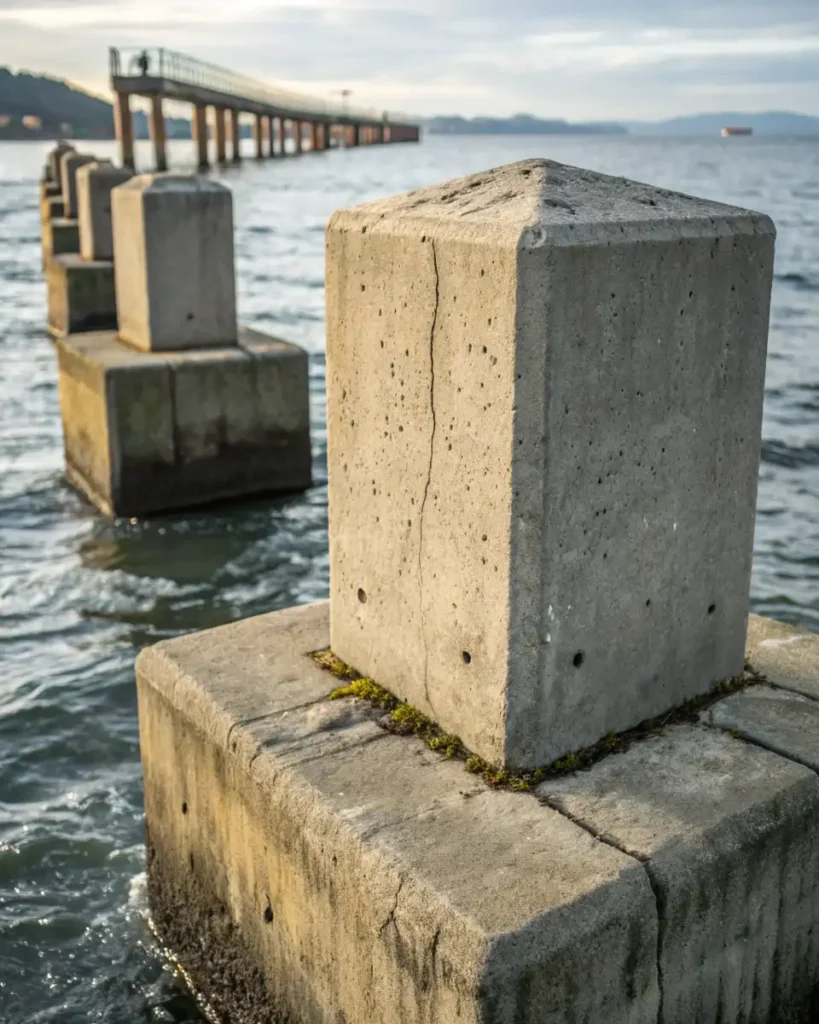
Safety and Less Disruption on Site
Since precast concrete units are manufactured and made off site, the number of accidents that can happen on site as well as the number of interruptions that pouring in place concrete increases are greatly decreased. This is because fewer people are needed on site and the overall time required on site is decreased.
Precast Concrete Piers vs Traditional Footings
| Feature | Precast Concrete Pier | Traditional Footings |
| Installation Time | Rapid—often days | Slow—depends on curing, weather |
| Quality Control | High—factory conditions | Variable—site dependent |
| Seismic Resistance | Superior—modular connections | Moderate—may require additional reinforcement |
| Long-Term Maintenance | Low—durable materials | Higher—prone to cracks, moisture |
| Cost | Higher upfront, lower over time | Lower upfront, higher over time |
| Environmental Impact | Minimal site waste | More site disruption |
| Safety | Fewer accidents—quick install | Higher risk—messy site |
Precast Concrete Piers
Precast concrete piers are used in a number of construction applications. These include bridges and commercial buildings as well as in residential block wall and concrete wall systems.
- Block wall foundations: Accelerated construction can be achieved for boundary walls or landscaping.
- Concrete block wall: Modular piers provide stable, uniform support for retaining and load-bearing walls as well improving the construction process.
- Concrete panels: Precast piers are important in quick alignment and anchoring, which is needed in high-rise and industrial developments as well.
- Concrete wall: Their engineered resilience meets the demands of contemporary architectural design.
Handling Logistics and Site Concerns
The planned large-scale use of precast concrete piers in 2025 comes with the benefits of advanced planning and sophisticated new modeling techniques. For the transport logistics, early route surveys are necessary.
For the more complicated site geometry, special custom molded designs and 3D BIM (Building Information Modeling) technologies can be used to address site challenges. Advanced pre-casting and post-tensioning of the concrete help to eliminate the common joint failures. Thus, precast concrete piers are useful for sites with complicated challenges.
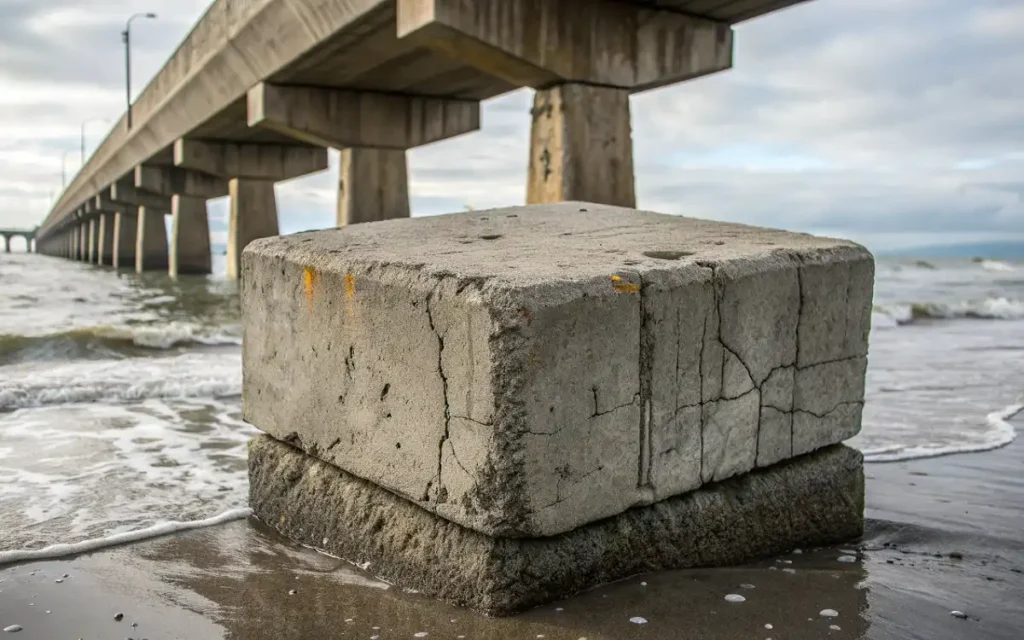
Current Developments and Anticipated Change
The anticipated use of 3D printing of concrete, automation, smart sensors, and new technologies for incorporation in the precast concrete pier production will change the design and maintenance of the foundations.
There will be greater demand for innovation around the design and the methods of assembly that can be used for more sustainable infrastructure and with onsite sustainable assembled infrastructure.
The use of geopolymer concrete and the more sustainable methods of finishing construction will also help construction of precast piers used with more sustainable practices and along with other environmental construction goals will help reinforce construction goals for the future.
Final Thoughts
The construction of precast piers will lead to tome new changes in the construction of technology with new foundations and advanced footings. They will improve speed, quality, durability, safety, and reduce overall construction costs.
With the use of smart construction technologies and advanced methods of connection along with close spacing of the construction piers, the they will permit constructions to be sustained over a longer period.
Concrete piers will always be modern construction needs for builders and stakeholders looking for durable and dependable foundations come 2025 and onwards.
For Repair and Services
1924 W Edward Ln, Milwaukee, WI 53209, United States
Phone: +14142855933
Email: [email protected]

